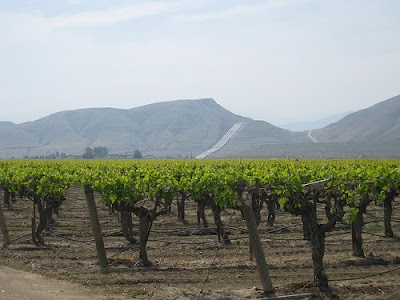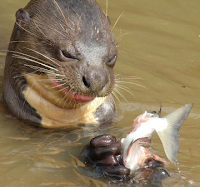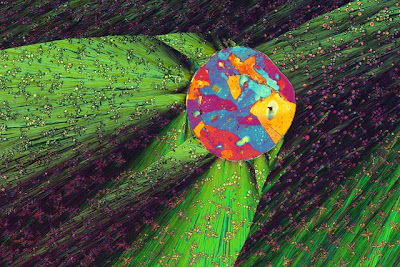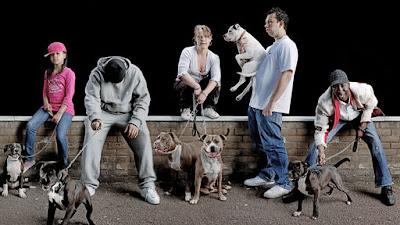 Will Basil catch that orbed maiden with white fire laden, whom mortals call the Moon? He's giving it his best shot. Super photo by _davidh_ on Flickr, seen first at Moira McLaughlin's most excellent Dog Art Today.
Will Basil catch that orbed maiden with white fire laden, whom mortals call the Moon? He's giving it his best shot. Super photo by _davidh_ on Flickr, seen first at Moira McLaughlin's most excellent Dog Art Today.Happy New Year to all! Stealing a heartfelt line from John Carlson's Prairie Ice:
I want to take a minute to thank all of you who have commented on my posts over that last few months that never received a reply back. I want you to know that I appreciate them all and I have replied to all of the with witty replies and insightful additional comments - alas they never made it out of my brain and into the comments section.My New Year's Resolution is to get the replies out of my brain and into the comments section, here sometimes, and certainly elsewhere in Bloglandia. I follow hundreds of blogs in the totally essential Google Reader, and every day I read posts so intelligent and honest and thought-provoking and beautiful that it's practically a crime not to get off my RSS and add a comment. So that's the resolution: each day, make at least one comment on someone else's blog. Oh, and another resolution: start some kind of "365 photos of my dogs" thing, because my dogs are beautiful and wonderful and they deserve the attention.
I guess that's it for 2009, folks. [springs to feet] OMG! My Bad Rap end o' the year donation!! Gotta run — see you in 2010!


 erry Christmas — and to all a wonderful
erry Christmas — and to all a wonderful 


























